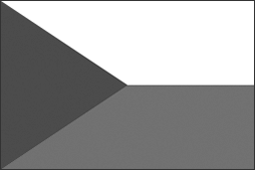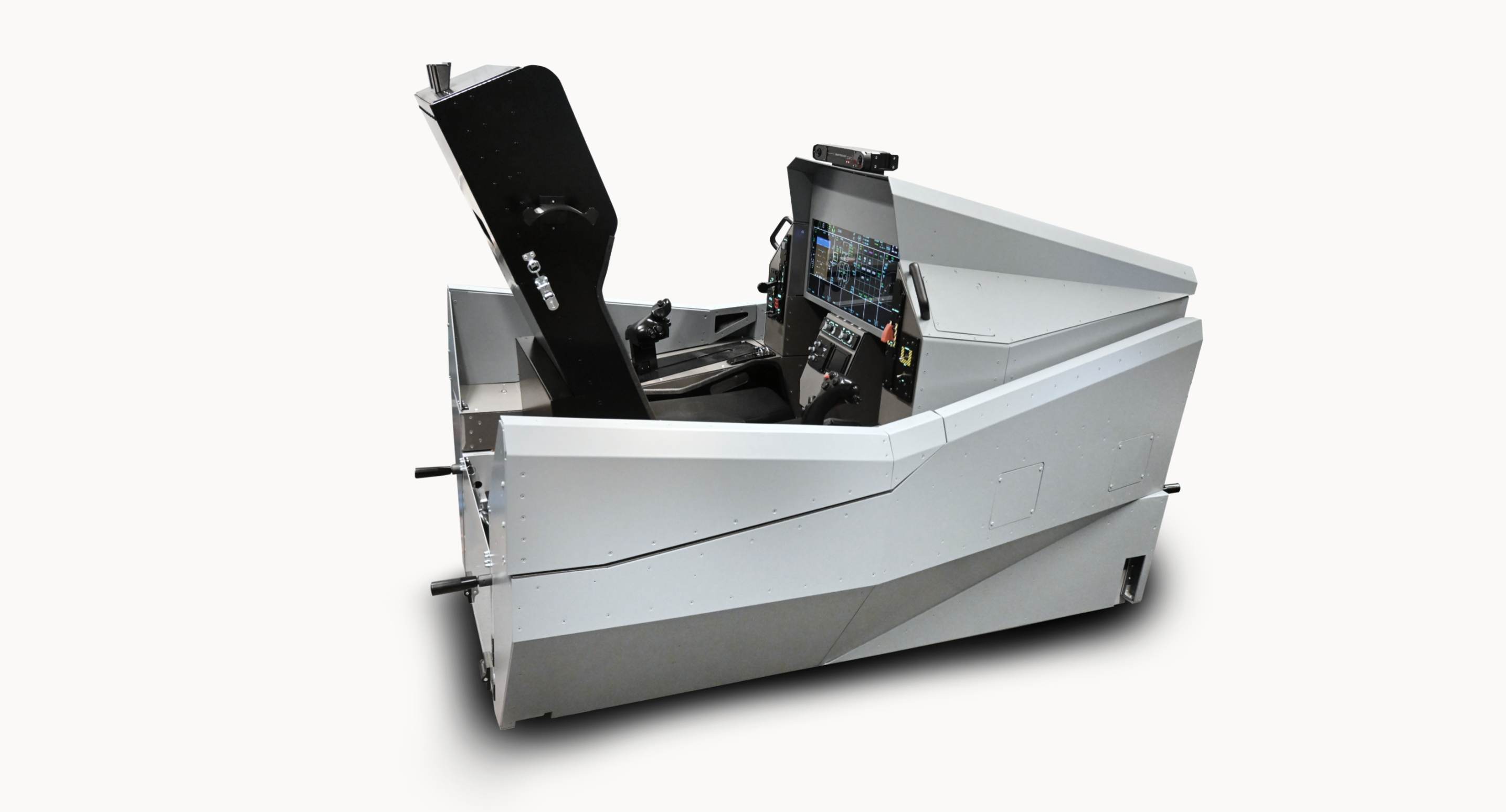The aviation industry has been making the headlines recently, and at times it almost feels like one is watching the ‘Falling down’ movie starring Michael Douglas as a psychologically unstable rocket engineer who lost his job.
Analysis by: Milan Šlapák, President GE CZ&SK, for ACE Magazine
Generally speaking, an unstable situation in the aviation industry isn’t necessarily a bad thing. Over the years, companies have learned how to handle the volatility of the market space. They have learned how to react to both sudden and gradual changes in the external factors such as shortage of skilled, experienced engineers and commercial pilots. They have learned to react to geopolitical changes which affect a specific market sector or region. Successful businesses also work effectively with multi generation product planning to anticipate new emerging technologies. Nothing, however, could have prepared them for the havoc COVID-19 wreaked on the aviation sector and its adjacent industries.
Over the course of March 2020, the aviation traffic hit rock bottom, globally. Like a domino effect, countries started to crumble under the strain of the pandemic, starting with China and quickly spreading towards the West. January 27, 2020 represented a peak in air traffic. Second half of February, just two weeks later, China’s air traffic was at its lowest, with a 75% drop. Asia-Pacific region started dropping about a week after China, at a much lower pace. Mid-March, it was still at 80% of its original volume, meaning “only” 20% of traffic was lost over the period of six weeks. Soon after, it continued dropping further and by mid-April, it only amounted to 20% of its January volume. As COVID-19 kept spreading, Middle East & Africa region was next in line. This was primarily driven by big airlines such as Emirates or Qatar reducing or even shutting down operations altogether. Europe and the Americas quickly followed suit. Europe’s reduction curve pretty much resembled a vertical line as EU member states implemented protective measures and closed borders. By the end of March, Europe has lost 90% of its usual January traffic – all just within two weeks. The Americas have dropped by approximately 65% – “only” because there has always been a far greater need for domestic travel while Europe is predominantly international. About 70% of commercial aircraft fleet was grounded worldwide in June.
This has been an unprecedented situation and without a doubt the biggest crisis the aviation industry has had to deal with in its 100-year history. A lot of volume recovery forecasting has been done since the COVID-19 crisis began, many scenarios of alternative business strategies have been analyzed. Focusing on the speed of recovery; potential strategies include scenarios such as “U-shape”, “V-shape”, “L-shape”, “swoosh shape”, “W-shape”, etc. Now, six months into the global crisis, there are more data points to consider. Not only from the business perspective, there is now more knowledge about the virus itself.
Not unlike Nike’s logo swoosh shape it has been mimicking so far, the aviation industry’s recovery curve might be slow and extremely painful. There is no quick fix for the situation we are in, no shortcut or best practices from the past to leverage. Strong leadership is what the industry needs now to rethink the business strategies and make some tough and timely decisions.
Large aviation business leaders and industry experts tend to agree that commercial aviation, which represents the highest amount of traffic volume, will be recovering slow. Climbing back to pre-COVID-19 aviation era will take at least until early 2023, based on the current facts and predictions. Narrow bodies will be recovering a little bit faster than wide bodies, since domestic or intra-EU travel served by narrow bodies is predicted to come back faster than transatlantic flights covered by wide bodies. While majority of companies banned business travel to protect their employees, individuals are still likely to travel, albeit aware of the health risks. Another surge of COVID-19 pandemic is predicted in most countries or regions in the near future and this will trigger travel restrictions all over again, including temporary border closures. This will obviously further impact the airlines and route planning. Until there is an effective vaccine in place, there is no hope for a speedier recovery.
Considering all of the above, the aviation industry will continue to operate in survival mode for a minimum of 12 months. Cash is always the ultimate number one priority for any business, and it will remain to be the case. Companies will protect their cash; the entire industry will see some significant resizing strategies. Most of the market sectors will follow a very slow volume recovery curve and companies will be reaching out for external cash as well, just like the automotive industry did back in 2008/2009 when the financial crisis occurred.
Even during the crisis, aviation businesses will continue to invest into future growth and protect their core competencies, expertise and key programs. Each investment and each program will be scrutinized multiple times; however, the aviation industry will simply not cease to invest. Companies will do their utmost to maintain or even strengthen their competitive position. A good example in the commercial aviation field is Boeing, which – having gone through rather turbulent and challenging times even before COVID-19 – just resumed the SW verification testing of 737MAX. Furthermore, their second 777X aircraft completed its first flight in May and the third one with serial number VH003 just had its first flight on August 3rd. As for the military sector, Aero Vodochody keeps steadily progressing with certification testing of L39NG airplane. Chinook testbed is nearing its first flight with GE T408 engine demo. These developments confirm that key aviation programs are still taking off.
Interesting developments are afoot in the business & general aviation market sector as well. Analytics suggest that there is growth opportunity despite the global pandemic situation as certain group of business travelers will migrate to a private flight travel for health safety reasons. Being the only passenger onboard or sharing a plane with only 4 or 5 other travelers represents a lower risk than being on board with 200+ passengers. In addition, a potential border closure might still be exclusive of certain BGA (business and general aviation) traffic. As a bonus, the BGA-type of airplanes are being used for medical evacuation and medical cargo for its economic advantage over larger airplanes on shorter domestic travel routes. BGA turboprops already demonstrated the fastest recovery of fleet utilization across all market segments. By the end of June, BGA turboprops were already back at 90% of its original pre-COVID-19 fleet utilization. Looking into official GAMA (General Aviation Manufacturers Association) numbers, Q1 2019 shipments accounted for 266 of all turbine airplanes (turboprops and jets) while Q1 2020 shows 185 airplane shipments – a 30% reduction. In more detail, turboprops Q1 year over year dropped approximately 40%, with jets down 20%. The Q2 report is expected soon. Now, comparing this 30% Q2 volume reduction year over year in the BGA market segment to the situation in commercial aviation segment, BGA is not doing that bad. As an example, Airbus CEO Guillaume Faury announced that April and May deliveries were down 80%. Going forward, he expects 2020 and 2021 numbers to be down 40% versus the original production plan.
As companies will continue to protect their cash, all budgets (including the R&D budget) will be reviewed thoroughly. Every single expenditure will be scrutinized. Leadership teams are already facing tough decisions on which programs to keep, which to put on hold and which to terminate. Optimizing the cash holdings will result in postponing the expenditure and spreading it over an extended fiscal period. It is therefore expected that some introduction dates of new programs or technologies will be postponed. Whether we like it or not, it is the right thing to do even if it means slowing down the industry’s technology development for the next three years or so.
At the end of April, Airbus announced that the E-Fan X program of hybrid-electric airplane has been put on hold. This program is aimed at significant fuel consumption reduction and, therefore, lower carbon emission. This doesn’t mean that the strategy to focus on hybrid-electric technology was a wrong bet, the evolution will go through the hybrid electric technology first before going full electric. However, given the ongoing pandemic and its impact on the airline industry, Airbus assessed that further development of this project at this moment was not viable. There will most likely be more announcements of programs being put on hold or shifting gears to a lower speed in order to preserve expenditure and optimize the business case. A limited traffic volume on the horizon is currently paring down the market’s need for new airplanes and that negatively affects the top line of the business cases.
Media keeps bringing the ugly stories from the commercial airline world into the spotlight. And it really is ugly. The latest estimate of announced layoffs exceeds 100,000 employees and it is affecting entire value creation chain. From airlines to airplane manufactures down to individual component and system manufacturers. As individual countries retire the financial support and subsidies, there will be a more urgent need for a reform. This includes strategies already in place, such as announced mass layoffs, furloughs, or government funding. Vast majority of airlines, if not all, have been affected. The future development of low-cost airlines will certainly be very interesting. Low cost typically also means low margins and volume is a critical ingredient here to make the entire equation work.
Every time we hear about an airline reopening a city route or an airport reopening for business again, it brings a sense of encouragement and optimism. Every revenue-passenger-kilometer is a vital molecule of oxygen to the aviation system. Still, the patient will need to remain on life support for some time.
As unpleasant and painful as the industry’s reform may be, it is a natural part of evolution. We must face it and adapt to the new era. An era with a new volume norm. Looking back and crying over the current state will not help anyone. We need to look forward, face the reality as it is and adjust our business models to the new norm. Some decisions will be very difficult. Many leaders will need to redefine the meaning of “resilience” and “agile”, two buzz words that became fashionable a few years ago. Even though the aviation industry and its business models might have to change as it recovers, when we look up and see the beautiful airplanes leaving their white marks in the sky all over again, we will feel victorious about making it through.
Photo: Jan Pirgl for ACE Magazine










